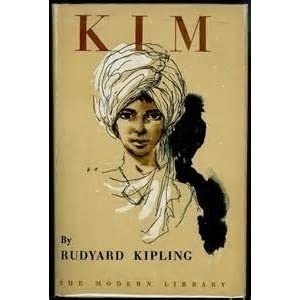Review: Kim by Rudyard Kipling

Not everything has to be a classic
‘Kim’ is on almost every must read list. It’s often called Kipling’s masterpiece, and is also considered an early spy novel.
It’s the story of an orphaned Irish boy called Kim, who wanders through India with a Tibetan Lama he befriends.
At the time of publication in 1901, I’m sure it caused a lot of intrigue about the exotic ‘Orient’. But for me this book was just a meandering mess.
Rather than depicting a colorful world of different foods, clothes, and cultures, Kipling describes people through a lens of stereotypes.
This person? Of course they are greedy, like all of their clan! And this person here, they never stop lying, so typical of their kind! And this one is surely from this creed, I can tell from their cowardice!
The colonial racism gets even more cringey when Kim acts as a ‘native’, and is described as doing tasks with better skill than the natives themselves. The idea being that white people are so clever, they even out-native the natives!
And then the sexism.
Kim and the Lama often criticise women for being unattractive and talking too much. Though the male characters never stop talking. At one point the Lama talks so long that his listeners actually fall asleep. Hilarious. The irony of this was surely lost on Kipling.
Long sections of the book are just the Lama rambling about religious beliefs.
Of course I consider that Kipling’s values are a reflection of his time. But even beyond these issues, I found myself sifting through scraps to try to find a point of interest. There just wasn’t much of a story and the writing was long winded.
To be honest, I found the whole book boring. I kept reading, hoping the plot would become more developed, but it didn’t. I pushed through because it was a classic, but my time could have been better spent.
Keeping ‘Kim’ and others like it up on the classics pedestal only serves to continue white colonial snobbery.
It is definitely time for this book to move along, get off the lists, and make room for more diverse perspectives and emerging writers.
I will allow it 1 mark for historical significance.
A measly 1 out of 5.